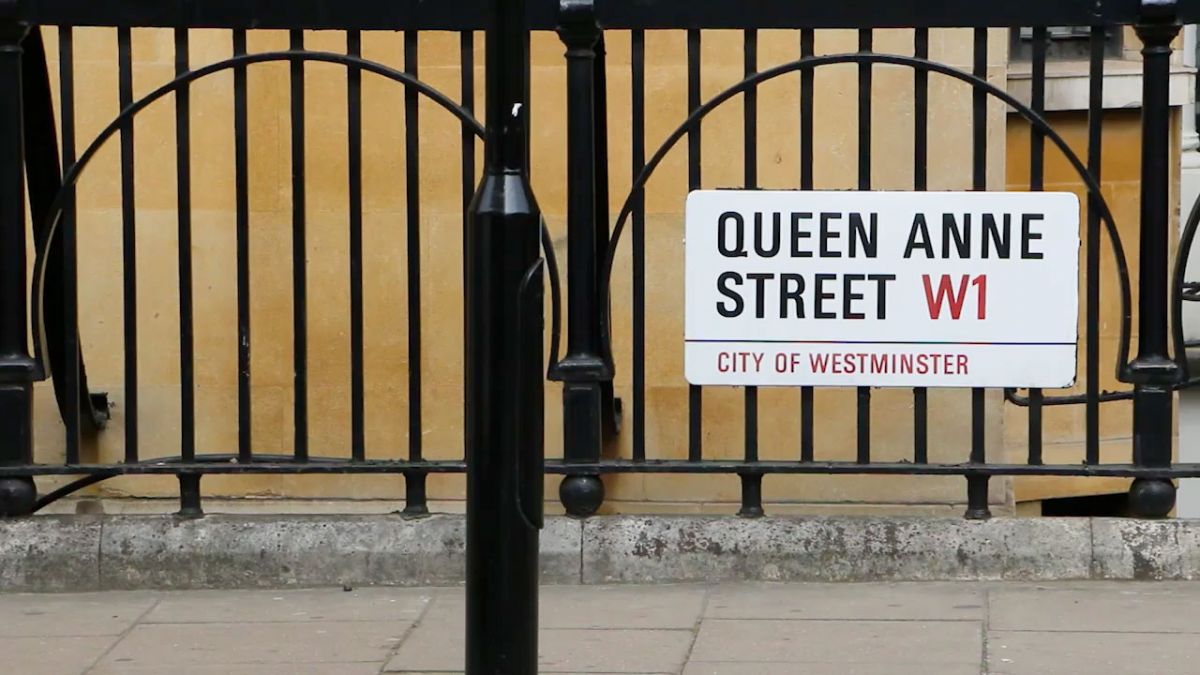Bells, whistles and visitor-boosting UX design that keeps customers coming back
There are three little words every good web designer loves to hear: User Centred Design. Also referred to as UX (User Experience) design and UI (User Interface) design, the crux of these concepts is creating websites and apps designed around the target user. The goal? Making browsing and buying from a website as intuitive and enjoyable as possible. It’s good for bounce rates, brilliant for improving conversions and great for building customer loyalty.
Taking UX design seriously is essential in today’s sophisticated online world. The better the experience your visitors have, the more likely they are to stay on your page, convert, recommend you and return to do business with you again. You wouldn’t return to a shop where the staff were rude and you couldn’t find what you wanted – so why give online customers this poor treatment? If your online business suffers from a high bounce rate or disappointing conversions, it’s time to take a closer look at user experience.
UX shouldn’t be extra special
At JBi we don’t believe that UX should be an ‘add-on’. We believe user centred design should be fundamental to all good web projects. Every website we build is designed to perform for your visitors and developed to convert for you. With the help of rigorous user testing, intelligently implemented site architecture, slick interface behaviour, smart market analysis and more we build websites with good UX at their heart.
Ready to banish your high bounce rate and inspire real customer engagement? Talk to our forward-thinking design agency about our approach to UX design today on 0207 078 4328 or drop us an email at hello@jbidigital.co.uk




